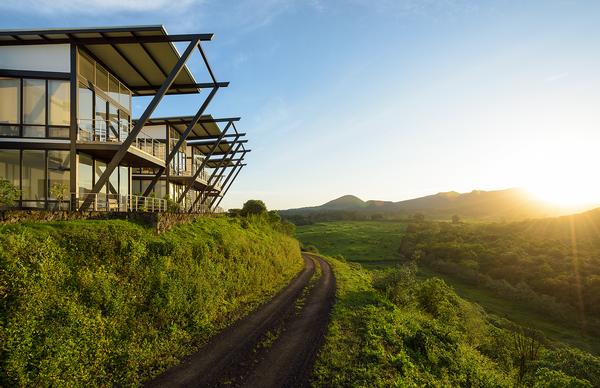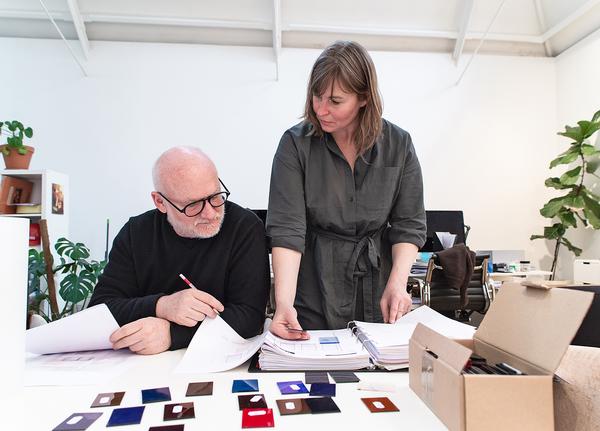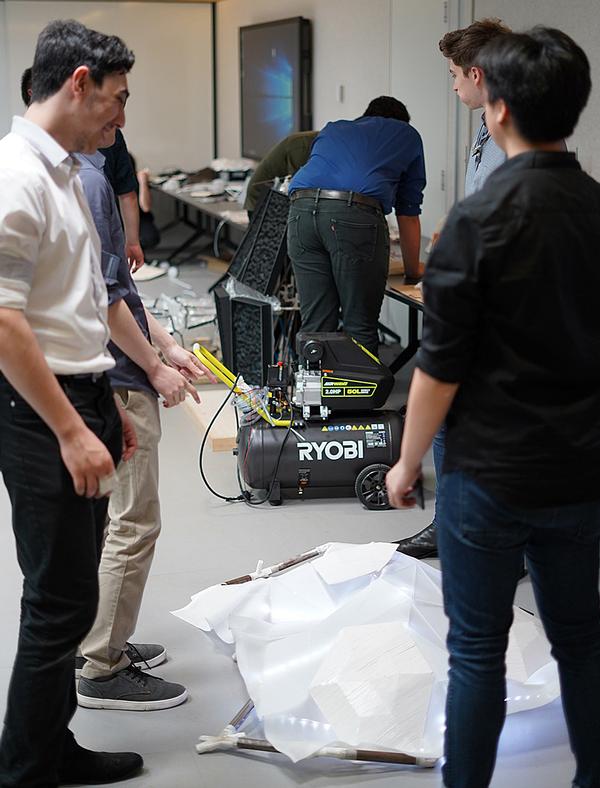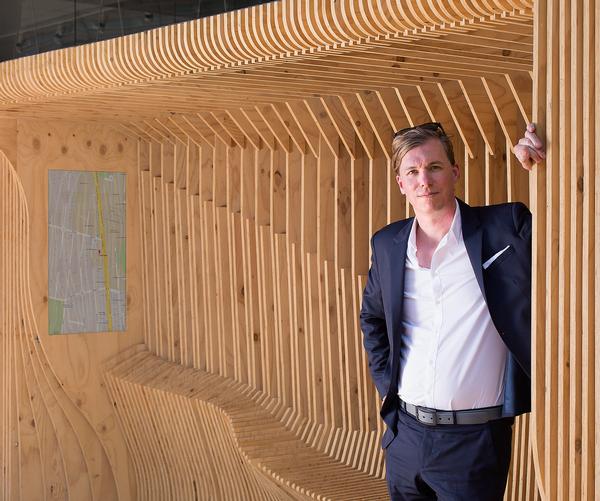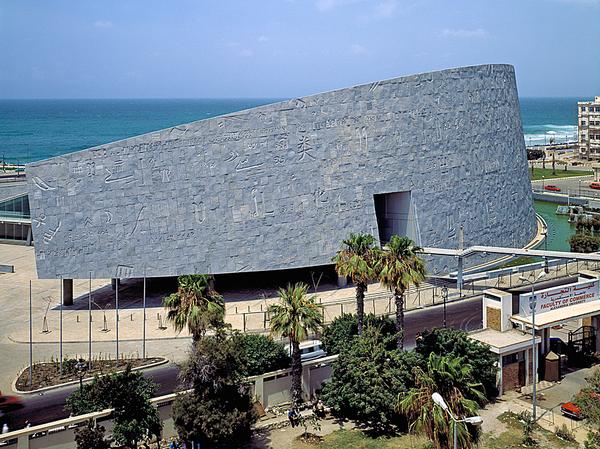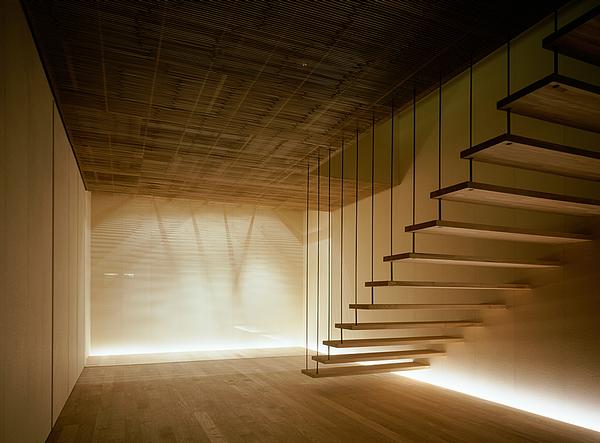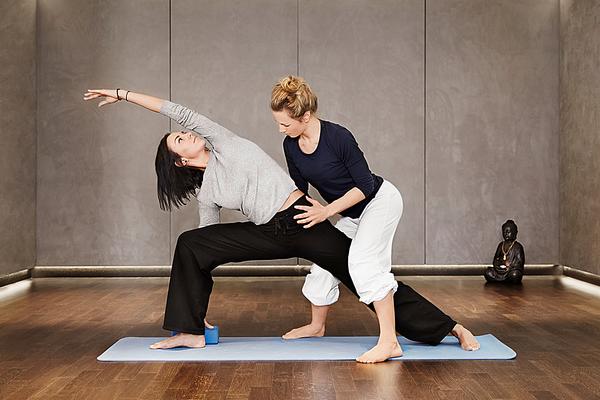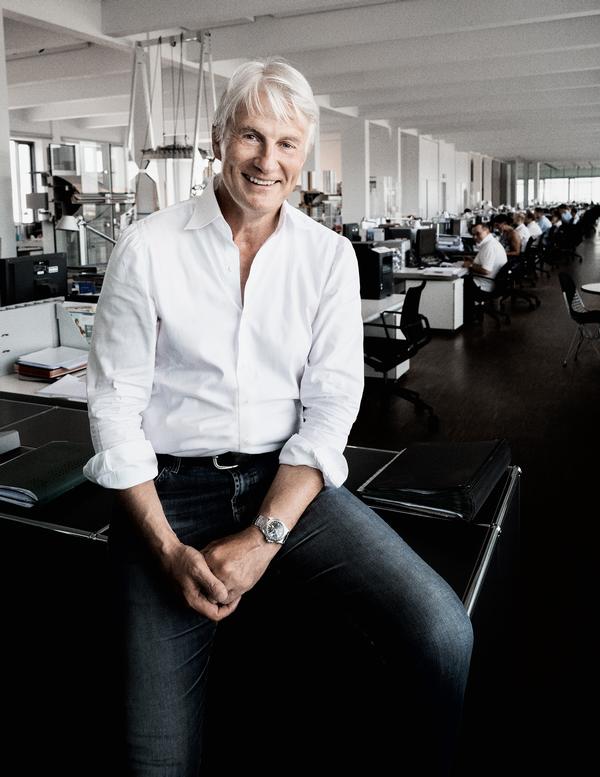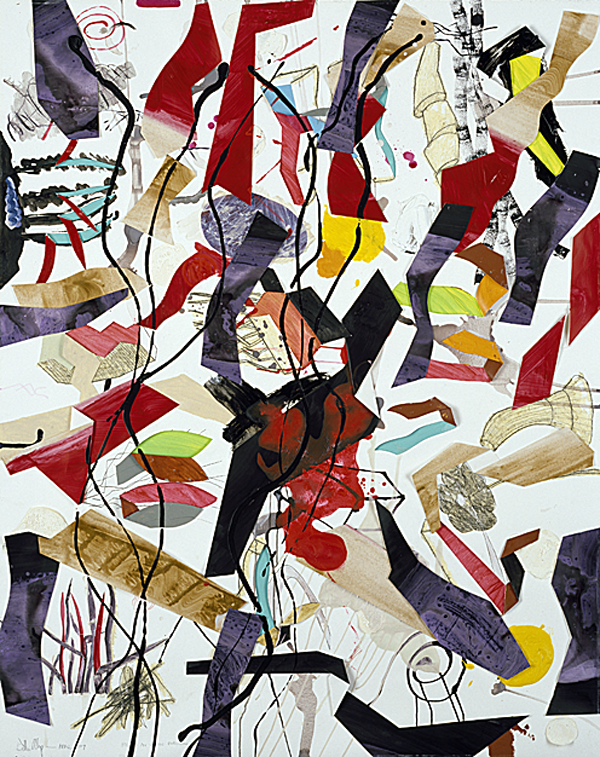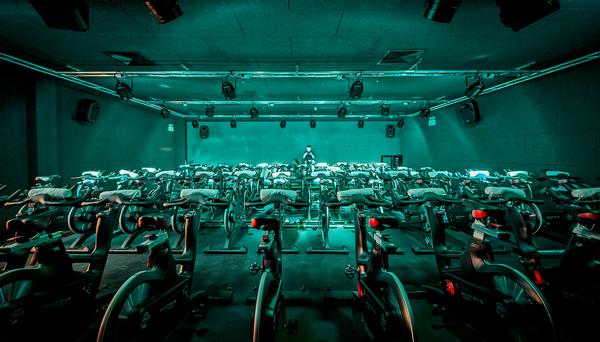Zoos & Aquariums
The New Zoo
From social environments to immersive story-inspired expeditions, the planet’s best zoos are raising the game. Three leading architects explain how they balance the needs of the animals with those of the visitor for a modern zoo experience
Bjarke Ingels
Founder
Bjarke Ingels Group
Your architecture firm Bjarke Ingels Group (BIG) caused a stir with its concept for the new Givskud Zoo Zootopia in Denmark. How will the design help the zoo perform better?
We’ve organised Zootopia so that you start by arriving at something that looks like a giant tilted crater. Visitors are able to walk along the rim of the crater and get amazing views out over the entire landscape.
From this crater there’ll be three giant gates that you can move through that will bring you into one of three zones: America, Asia or Africa. We’ve organised Asia so you travel by “water bicycle” (like a pedalo). You can cycle through the Africa area and then you can take a cable car through America.
Essentially the idea is to interface with the animals in completely new ways. There will be a 4km [2.5 mile] hike through all three continents, so there are lots of ways to move around and experience the zoo.
Both the human experience and the animal experience are going to get much more exciting, and symbiotic.
Were the animals’ needs the starting point for the design?
Zootopia will only have social animals. A lot of people associate zoos with lonesome animals in small cages, going crazy from boredom and claustrophobia.
However, when you have a social zoo you can have a big group of animals together in a habitat that resembles the way they’d live in the wild. In this case, the brief created a natural starting point for our design; the continuous and diverse landscape seamlessly serves animal and human needs.
Did you aim to build a futuristic zoo? What architectural qualities make it a zoo of the future?
The zoo’s aim was really to try to be a place where visitors don’t notice the barriers between them and the animals, turning the traditional zoo inside-out. It was also a question of trying to find ways of creating a successful cohabitation between humans and different species of animals.
What we’ve tried to do is to eliminate all traces of human architecture, so there are no buildings. This means no Chinese pagodas or African huts. Instead, you’ll see rolling hills growing over the areas where the lions retreat when the winter gets cold in Denmark; combinations of level changes; and trenches with water where the depth prevents certain animals from crossing. With the bears, your cable car might come close but it won’t bring you within range.
How is the visitor experience incorporated into the architecture?
One main innovation in visitor experience has been the car safari, where you take a personal vehicle and drive amongst lions. It’s a surreal clash of something incredibly familiar and something highly exotic.
We’re organising our own car safari as a loop that frames the park, so from the car you have an overview and experience of animals from across the globe. We also have mirrored capsules strung on a cable car system, so the visitor safely hovers just above the environments while blending in with the surroundings.
Did you have concerns about modern zoos when you began this project? Do you believe Givskud is a realistic proposition in terms of animals and visitors interacting this way?
Despite the anachronistic nature of zoos – especially in a time when inexpensive air travel and live images make wildlife more present in our everyday lives – they are still important as forms of education, research and preservation.
If you can design a zoo that uses the natural landscape as inspiration and where humans and other species exist in close proximity in harmony, then the result will be successful. If you can design a great zoo, you can design a great city.
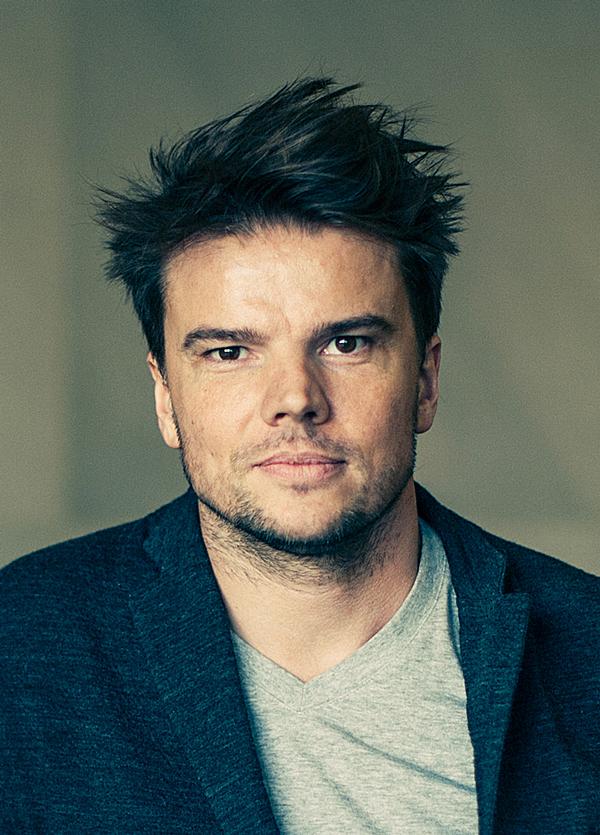
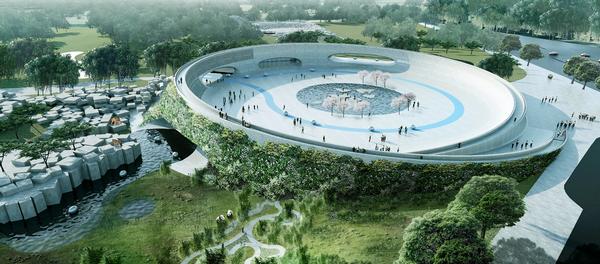
Kieran Stanley
CEO, Experience Architecture
Dan Pearlman
What’s the philosophy at Dan Pearlman on zoo design?
Our overriding philosophy is that we build stories. Storybuilding is our signature. The philosophy is to create an emotional tie between the visitor and the animal – to create the fascination, the goose-bumps. If we create an emotional connection between a child and a polar bear, for example, there’s a very good chance that child will want to look after these animals and realise his own actions have an effect.
What makes good zoo design?
Good design means creating the ideal environment for an animal’s needs. This includes behavioural enrichment elements, which should be built in at the start. For example, we designed the polar bear exhibit at Hannover Adventure Zoo in Hanover, Germany, as part of the immersive environments of the Yukon Bay project. At the beginning we planned a wave machine to enable the bears to “hunt” fish in a more natural way. That’s different from throwing toys in an exhibit as an afterthought, which kills the holistic approach to the design.
From a design aspect, you need strong themes. Chester Zoo in Chester, UK, is very focused on conservation and has one of the strongest conservation teams in the world, so the design for its Islands project was driven by that core theme. Visitors go on their own conservation expeditions, learning about the conservation work the teams are doing. Good design makes the zoos’ work relevant to the visitors.
When designing a zoo exhibit, what’s your starting point?
We always start with the brief from the client’s point of view. Is it a traditional zoo, a conservative zoo? What aims has it set itself over the next 20 years? How does it want to develop? What image does it have? What species does it have? That defines the approach to the design.
Then we work with our landscape architects, architects, designers, scenographers and storytellers to develop concepts. We include the stakeholders in the design process from a very early stage.
What are the most important considerations concerning the animal and visitor?
For the visitors, it’s important that they are as close to the content as possible. We want visitors to make an emotional connection and give them memories they’ll never forget. We want to wow them.
As for the animals, they need as much space and as much behavioural enrichment as possible. In China, I recently saw a new polar bear enclosure which was purely artificial rock. Polar bears need to dig and they need earth to do that. We need to provide properly for the animal otherwise the work we do is not sustainable. We need to provide above and beyond what they would need in their natural environment.
For example, when we did a wolf enclosure for the Yukon Bay project, it was made to look like windswept, wild Alaska.
How important are materials and plant life? How accurately do you try to create a specific ecosystem?
At Chester, the visitor moves from one island group to the next, always across water, and every area has its own plant life, animals, decoration and architecture to create that authentic background. We chose plants that imitate the effect of Indonesian plants to create the right atmosphere.
With materials, we’re sticklers for research. When we worked on the Zambezi attraction at Hannover Adventure Zoo, an artificial river recreating the African savannah, I’d travelled in Africa looking for authentic materials and decoration elements, but also observing how locals deal with detailing. In that project, for example, you’ll see signposts held up by bicycle chains. Visitors learn from the habitat we create. It’s telling stories through building layers.
How important is the “experience” – creating a story, or journey - to you?
A story sets up a framework which makes it easy to explain why things are the way they are. In Islands at Chester Zoo, the story is simple: we take the visitor on a conservation expedition.
You have to tell the story intuitively. We set up scenes so it’s more like dramaturgy than it is a story. We set up a dramaturgical walk – a line through the space which we can make get bright, get narrow, get dark. It can be loud, it can be quiet. This gives us variants and means of expression. I can choose a point where it becomes emotional or dark or isolated. I can choose the moment where the story starts to develop or becomes more poignant.
We have an iceberg principle, which means we want everybody to at least understand the tip of the iceberg. Visitors can then dive deeper if they want to.
What do you imagine will be happening in 20 years?
Old-fashioned zoos will become more immersive. Zoos that can’t keep up with regulations will close. Other zoos will become more attractive. When a smaller and bigger zoo are nearby, they might combine to become less competitive. Some will reduce their collection to create more space. Some zoos will maintain the idea of building big dome architecture, but I think things will be driven by the future of the climate crisis. If climate, costs and the energy crisis continue to increase, it will have an effect on the type of architecture that future zoos can afford.
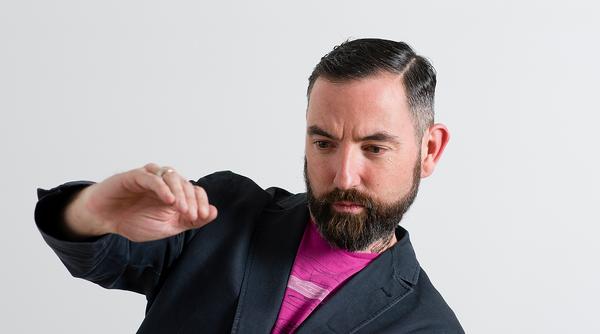
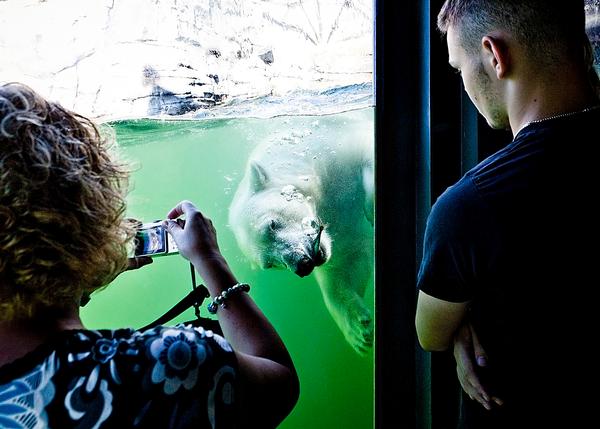
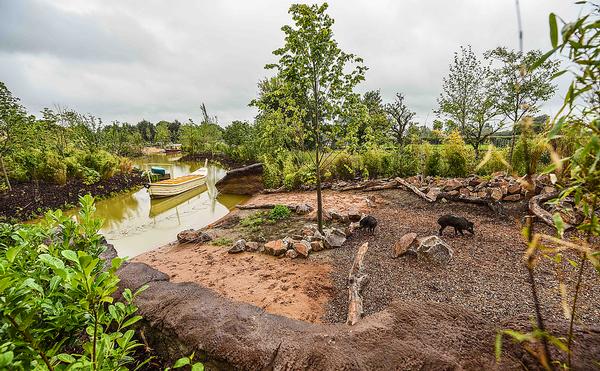
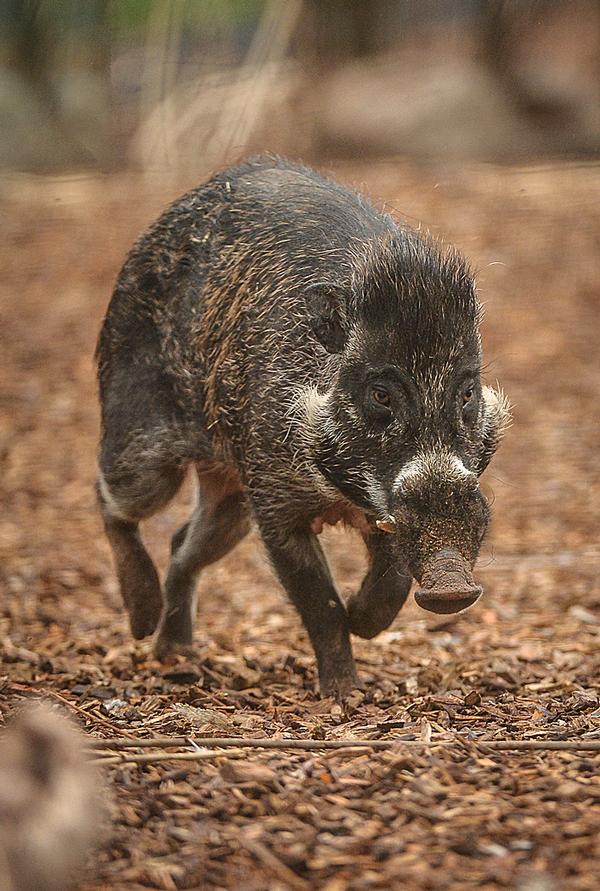
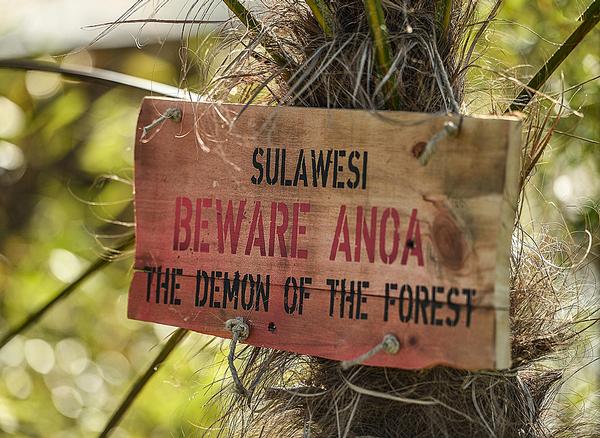
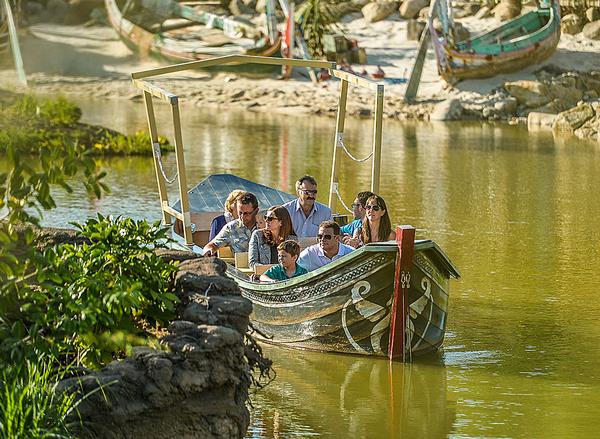
Mario Campos Campos
Partner
Jones & Jones
Jones & Jones has been designing zoos for many years. Is there a pivotal time in zoo design you can tell us about?
In 1976, Jones & Jones designed the master plan for the reconstruction of Woodland Park Zoo in Seattle, Washington. This was the beginning of the era of realistic habitat simulation, and we introduced the concept of designing the zoo according to bioclimatic zones.
The gorilla exhibit became a new paradigm in zoo design – immersing animals in their natural environment. That didn’t mean adding rocks, grass and logs, but designing an exhibit that closely simulates or duplicates the natural habitat.
How did you simulate the gorillas’ natural home?
The gorillas were given a natural landscape, with tall grasses, shrubs, herbs and climbing trees – everything that a gorilla family would have in the wild. Back then, gorillas were held in sterile concrete low-level cages, so this idea of creating a natural habitat was very significant. The gorilla exhibit was designed to present the animals with dignity so it was positioned on higher ground than the visitor area.
Can you compare the gorilla exhibit from the 1970s to the recent one at Dublin Zoo?
The gorilla exhibit at Dublin is four times the size of the one at Woodland Park Zoo. It has a whole troop of gorillas, with offspring and younger males. It has a very large night house and day shelter, lots of climbing trees. We learned it’s possible for gorillas to live in a social environment as long as it’s big enough. It’s a very extensive and beautiful landscape. Some zoos have gone through a similar change with their exhibits and it’s a very significant revolution.
What do you think about when designing the visitor experience of an animal exhibit?
We use the concept of landscape immersion, which means the public has to also be immersed in the animal’s habitat. It’s the animal’s place and you’re the visitor. By extending the habitat into the visitor realm, the visitor feels like he’s exploring.
It’s a comprehensive, holistic learning experience for the visitors, who not only learn respect for the animal but also for the habitat. Animal preservation is entirely linked to conserving the habitat – we want the visitor to gain an appreciation for habitat conservation.
What other considerations are involved?
Animal wellbeing is very relevant to today’s zoo exhibit and that means providing what the animal wants and needs in the wild. You can never duplicate a big enough habitat for them, so you have to provide what they need for them to perform their natural behaviours as well as stimulate them.
At the elephant exhibit at Dublin Zoo, the zookeepers manipulate the environment, moving huge mounds of sand and dirt to vary the environment for the animals. Zookeepers have to be ahead of the game, anticipating how they can challenge these animals and create interactions so they don’t get bored.
Husbandry is moving beyond just providing for the animals’ basic needs and veterinary care to making sure the animals have constant stimulation for the behaviour they normally would have and the way they would be discovering new things in the wild. That’s still evolving.
What other design elements are important?
We use cultural references to show positive interactions between traditional cultures and habitats and animals. Take Asian elephants as an example of animals who have had relationships with humans for thousands of years. If you show evidence of the people who live alongside the animals in their natural environment, it shows visitors that it’s possible to coexist with wildlife with respect and understanding.
Can you give an example?
The use of cultural reference in an exhibit can be as simple as a piece of art, or a sculpture, or a sign or architectural detail. At Detroit Zoo in Detroit, Michigan, we did a polar bear exhibit and placed inuksuit – markers that the Inuit leave in the Arctic to guide their routes – on the exhibit’s tundra to remind visitors that people live there alongside polar bears.
What will a future zoo be like?
In the future, zoo design will be increasingly defined by the wellbeing of the animal and modern husbandry. Animals are intelligent beings and they need to be challenged.
Our exhibits also need to get much bigger, but it’s becoming very demanding in terms of land. Zoos need to be more generous with the land that they allocate to the animals and to focus more on the types of animals that suit the climatic conditions where that zoo might be. Many zoos could think about having fewer species and doing more with them.
Finally, zoos could become more like incubators for animals, whereafter they would be transferred to a sanctuary.
Can you tell us about your latest project, the penguin conservation centre at Detroit Zoo?
We broke ground on the penguin conservation centre last year, a very large habitat, with different galleries and the deepest penguin pool in the world, with a huge viewing window so visitors can observe their behaviour underwater.
The cultural references and the visitor experience are inspired by the notion of exploration in Antarctica.
The visitor goes on a journey, which begins with a 4D theatre experience telling the story of crossing the Drake Passage by boat, with wave, wind and frost effects. It’s about understanding the challenges of surviving there. The penguin centre is expected to open in spring 2016.

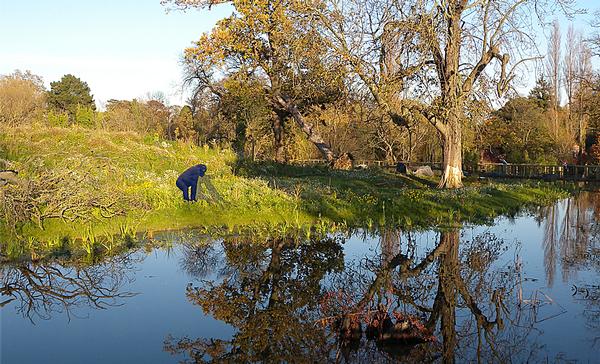
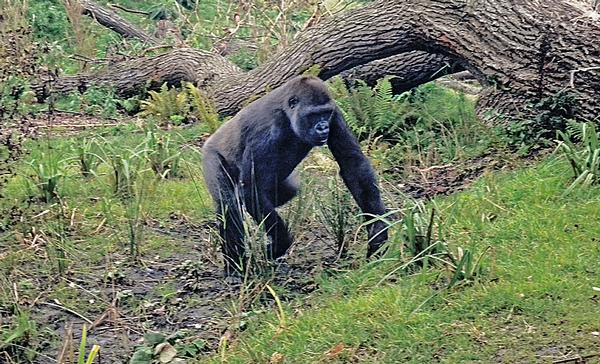
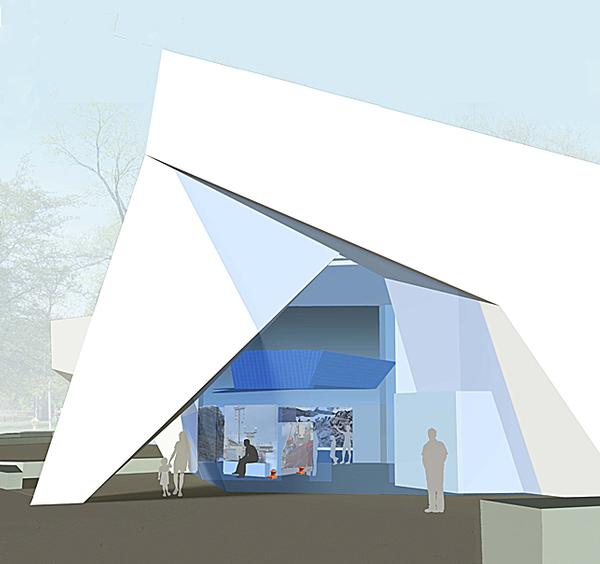
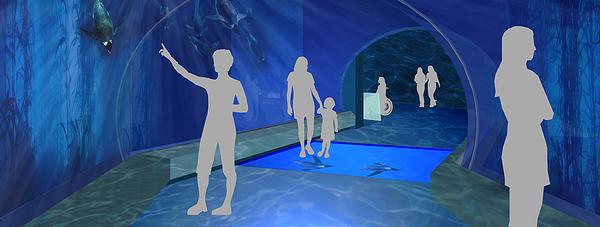
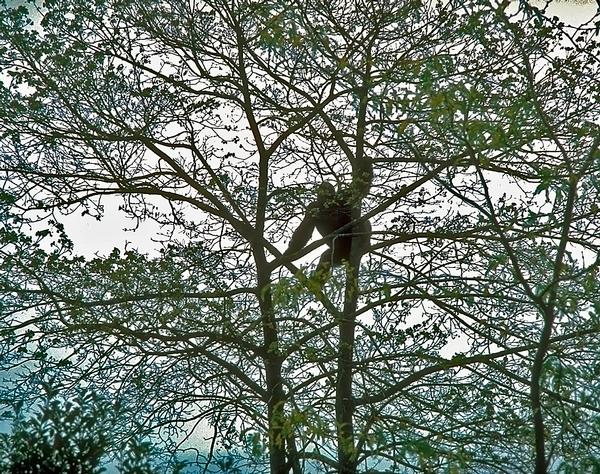
Designing an eco hotel for the Galapagos Islands that allowed the stunning natural surroundings to take centre stage while minimising its impact on the land presented its own unique set of challenges, Ecuadorian architect Humberto Plaza tells Kathryn Hudson





